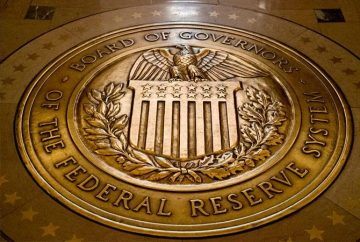 Robert Brenner in New Left Review:
Robert Brenner in New Left Review:
The Fed’s 23 March declaration that it intended to provide loans to non-financial corporations was decisive in indicating the Fed’s assumption of leadership of the government’s corporate bailout, signalling what was expected of Congress and the Treasury, and specifying the intended form and level of support for big business in the coronavirus economic crisis. On cue, shortly thereafter, Senate Majority Leader Mitch McConnell and Senate Minority Leader Chuck Schumer announced that the centrepiece of their just-approved bill, soon to be called the Coronavirus Aid, Relief and Economic Security or cares Act, was a giant rescue of non-financial corporations amounting to half a trillion dollars. That $500 billion was to be reserved entirely for companies with at least 10,000 employees and revenues of at least $2.5 billion per year. The Act set aside $46 billion to be shared between passenger airlines ($25 billion), cargo airlines ($4 billion) and ‘businesses necessary for national security’, a code name for Boeing ($17 billion), leaving no less than $454 billion for the political authorities to distribute to the fortunate corporate recipients they would select. Yet even this huge sum turned out to be just the tip of the iceberg. The actual payday for the us’s greatest non-financial companies would be of a different order of magnitude entirely.
Congress’s appropriation for the corporate bailout, to be paid for by the taxpayers and temporarily attributed to the Department of the Treasury, was simply the required first step to enable the Federal Reserve to take over the bailout’s actual administration. The entire $454 billion remaining from Congress’s original allocation was thus credited to the Fed’s account as a cushion or backstop to cover potential losses, and this opened the way for the Fed to assume full charge of making advances to the corporations and, in particular, to leverage Congress’s original allocation by a factor of 10—from $454 billion to roughly $4.54 trillion—‘for loans, loan guarantees and other investments’. Some $4.586 trillion, roughly 75 per cent of the total $6.286 trillion derived directly and indirectly from cares Act money, would go for the ‘care’ of the country’s biggest and best-off companies.
More here.
